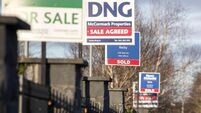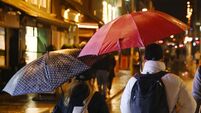Health management jobs almost doubled
A total of 7,904 worked in this sector in 1995 compared to 15,690 in 2002 - an increase of 98%, according to the Comptroller and Auditor General’s audit on health spending.
Meanwhile, nursing figures rose by just 22% and medical and dental staff figures by 48%. Numbers working for health boards as social and health care professionals, such as social workers and counsellors, rose by 135% during this period.













